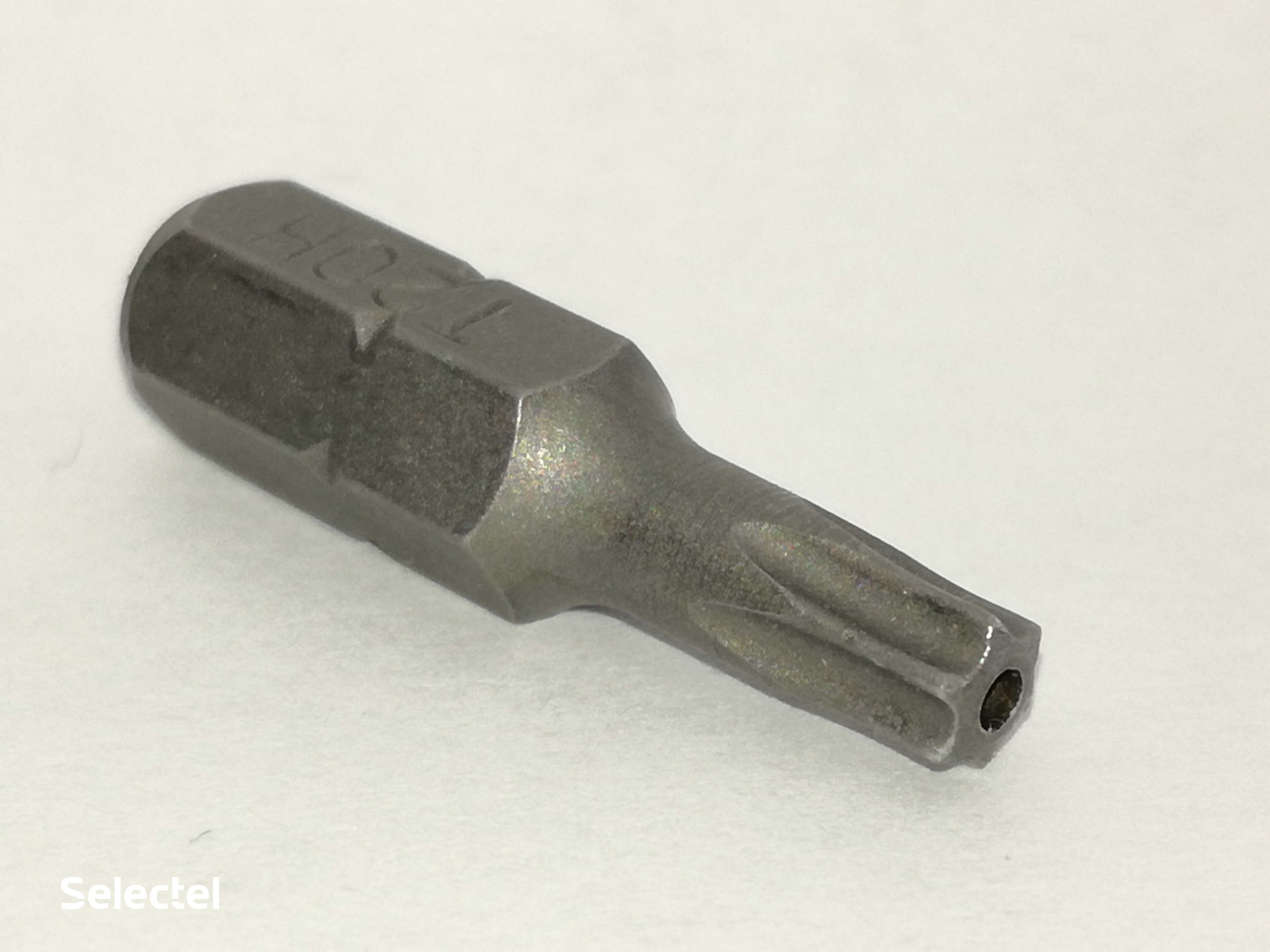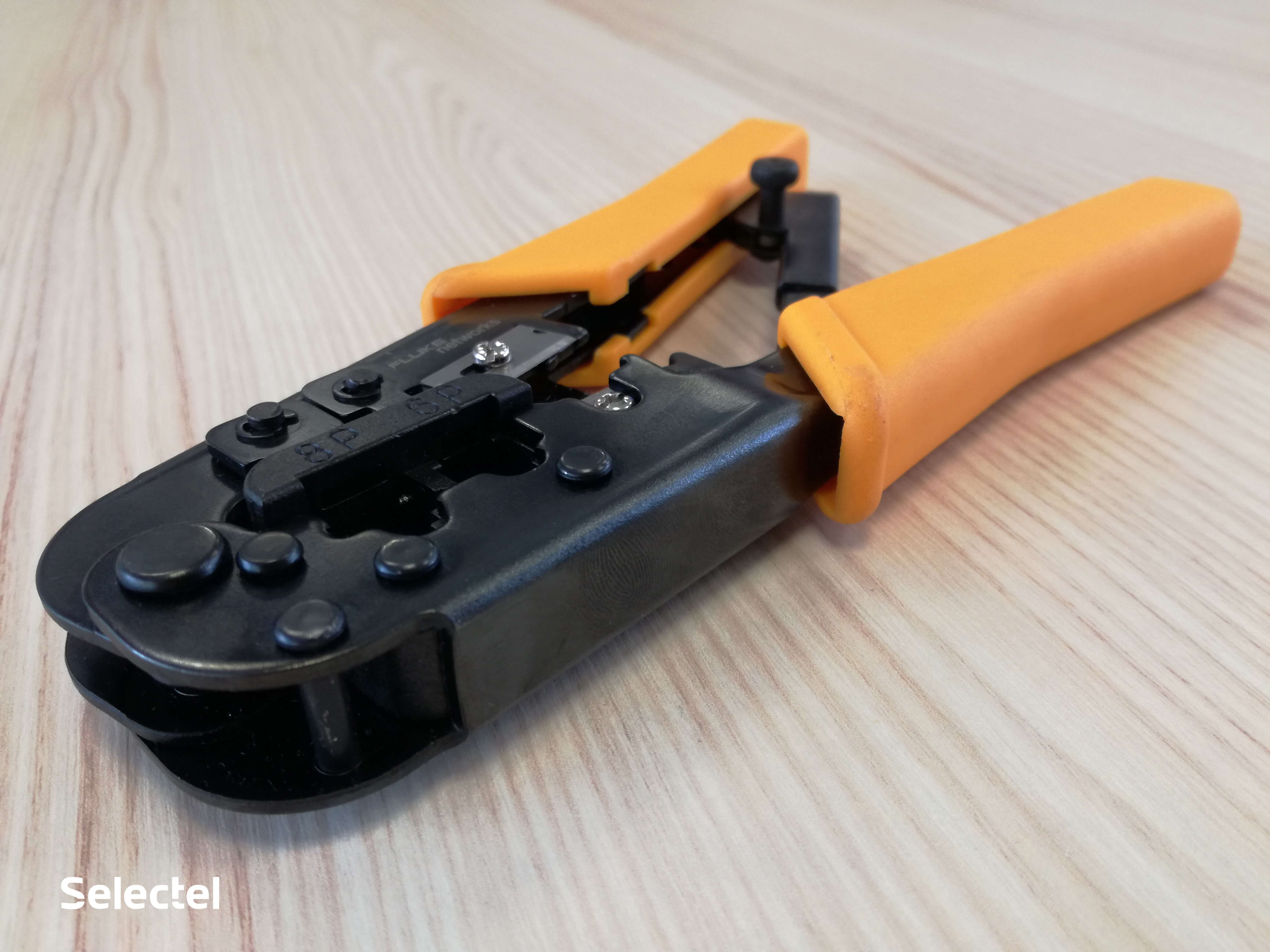Comfortable work in the data center

What should be done so that installation or normal maintenance of equipment brings only positive emotions? Just prepare for a visit to the data center and take the necessary tools. We will talk about how to make a visit to the data center comfortable.
Clothes and shoes
Work in the server room implies being in special climatic conditions. In server rooms, there is usually a conditional division into two zones: a “cold corridor” with a temperature of 23 ° C ± 2 ° C and a “hot corridor”, the temperature in which can reach more than 40 ° C.
To feel comfortable in these conditions, it is enough to observe a few rules:
- clothing should be light (T-shirt or short-sleeved shirt);
- shoes should “breathe” and have non-slip soles;
- ear plugs or headphones (the server room is always very noisy);
- a hoodie or a light sweater is useful when you are in the "cold corridor".
Ideally, you can take removable shoes with you, but if this is not possible, then most data centers have special boot covers.
When working with server hardware, we recommend temporarily removing rings, watches and bracelets. A heavy server clinging to a ring will easily cause trouble in the form of a broken finger or torn skin. Watches and bracelets can catch on any important cable and pull it out. This is especially true for optics, which are easy enough to break.
What to bring
Instruments
Now we will consider everything that is worth taking with you in case of equipment installation or technical work:
1. High-quality Phillips screwdriver with a long handle.
Most server hardware is mounted using cross-slotted M5 / M6 bolts. A long handle will allow you to tighten the bolts even when they are uncomfortable, for example, through a cable organizer.
2. A screwdriver with a replaceable battery and a set of bits.
This will be required if you plan to install or dismantle a large amount of equipment. Be sure to include in the set of bits asterisks of different sizes. There is one “trap” for some types of server hardware called Torx Secure. This is often "sinned" by IBM. The bolt slots have a pin in the center, which prevents the use of a standard bat with an asterisk. For them, you need to use these bits:

A small life hack: most often, server manufacturers put the corresponding tool into special grooves either on the back of the server or inside it.
3. A laptop with a charger.
The lighter and more compact it is, the better. It is advisable that the battery life is at least 1.5 hours. The laptop must have a gigabit network card so that you can connect to network equipment and test it at maximum speed.
Beautiful thoughts about what laptop is most convenient for the system administrator is very discussed in detail in the user article sukhe - «Little notebook for the system administrator" .
4. USB-to-COM cable with adapters.
Most standard network equipment supports console port management. Typically, this port is either a classic COM port or an RJ-45 connector.
5. Crimper (crimping tool) for RJ-45.
The better, the less likely it is to squeeze a new cross badly. We can recommend Fluke Networks toolsthat have already proven themselves and are extremely convenient to use. KNIPEX company also produces very high-quality crimpers .

6. Cable tester for twisted pair.
Before turning on crossings, especially self-crimped ones, it is recommended to check the quality of the connection using a tester. There are many types of such devices on the market, but it is preferable to use testers that can determine the length of each core, as well as the presence of problems (overlapping wires or open circuit).

7. Durable side cutters.
This is one of the most necessary tools for installation. It is used to bite any cable, evenly cut the strands during crimping, cut the ties. High-quality side cutters can reduce installation time.
8.Antistatic wristband.
Any electronics can traditionally be disabled by static electricity. Most affected are memory modules. Grounding solves this problem. To do this, just put the bracelet on your hand, and attach the cable from it to any exposed metal part of the server rack. After that, the static charge drains from the hand, allowing you to perform operations with critical elements of server equipment without the risk of damage.
9. Tool for installing cage nuts.
M5 / M6 cage nuts are one of the most popular and popular types of hardware for server hardware. They have only one serious drawback - everyone who at least several times tried to install them in a server rack encountered a problem. If you install them with your bare hands, especially in large quantities, you can easily damage your fingers.
The most painful thing is when the nut breaks and one of its antennae enters under the nail - the sensations are unforgettable. To avoid this, you can adopt the appropriate tool and not spoil your hands. It looks very simple:

10. Markirator.
Allows to mark server equipment, for accounting, as well as to reduce confusion. Properly labeled equipment is convenient to maintain. We will talk about this in more detail in one of the following articles.
11. USB hub.
It often happens that the server's USB ports are occupied by hardware keys for software products. If you need to connect additional devices such as a USB flash drive, keyboard, and mouse to such a server, then USB ports are often not enough. A USB hub easily solves this problem.
Optionally, you can take specific tools with you, such as, for example, a crown knife, but this will already depend on the specific task.
I would also like to mention such a cool thing as the Zalman ZM-VE400 / VE500. This device is a USB case for 2.5 ”drive form factor with the function of mounting any ISO-image. It emulates a virtual CD / DVD drive, which is visible in almost any BIOS / UEFI and allows you to refuse to write disk images.
Just copy any image to a special _ISO folder and connect it to a computer or server. Use the touch keys to select an image and click mount. After that, you can boot from the image, as well as from any bootable media. Using such a device, you can pre-collect all the images in one place and use according to the situation.
Expendable materials
Given the nature of the planned work or installation, we recommend you bring along:
1. Patch cords of the right length in the right quantity.
Alternatively, you can bring along a sufficient amount of network cable and the corresponding connectors (usually this is RJ-45). Always choose a quality reliable manufacturer. The cores are preferably made of copper rather than copper-plated aluminum.
2. Power cables with the required connectors.
It will be relevant if you plan to install new equipment. The most commonly used cables are Schuko-C13 (for conventional socket blocks) or C13-C14 (for ATS or UPS). A little tip on choosing a Schuko-C13 cable: it is best to buy them not with a straight, but with a L-shaped plug. This is due to the fact that it is much easier to tear a straight plug out of a socket block, accidentally catching on a cable.
3. Thermal grease and paddle for application.
It often happens that the question of replacing thermal paste arises sharply and when no one is ready for this. The dispensing syringe with thermal grease and a spatula for even application weigh very little and therefore it is better to have them with you. If replacement is necessary, this operation is quick enough.
4. Cable ties.
Plastic ties are suitable for organizing copper crossings, and Velcro ties for optics. Do not take too thin or too thick screeds, however, they should be with a margin in length.
5. Isopropyl alcohol and nonwoven wipes.
This will be very important if you need to clean the optical cables. Isopropyl alcohol perfectly cleans almost any dirt without leaving streaks. Process contact pads of processors and random access memory for stable connection. Remember that this is a poisonous and flammable liquid, so be careful.
6. Bolt sets with M5 / M6 cage nuts.
Using this fastener, you can easily fix almost any server equipment in a rack.
What may be required
In case of equipment failure
Often there is such a situation - a trip to the data center occurs for one reason, for example, to carry out work, and in the process of work it is discovered that part of the equipment has failed and requires urgent replacement. Most often, disk drives, power supplies, RAM and fans fail.
If you use the most similar equipment, we recommend having at least one unit of the above components in case of emergency replacement.
For emergency data recovery
Based on practical experience, it can be said that any drive, no matter how expensive or high-quality it may be, can fail at any time. With regard to hard drives, most often there is an opportunity to understand that the condition is close to critical by taking the SMART readings and taking it out of work on time. What to bring with you to the data center if there is a problem and you need to urgently copy the information from the failed disk:
1. USB-SATA adapter.
Such an adapter will help in simple cases when using SATA disks. Using such an adapter will help to urgently transfer any data from the disk to the computer.
2. Auxiliary power adapter.
If SATA disks of 3.5 ”form factor are used, then to connect via an adapter, additional power (12 volts + 5 volts) must be supplied to the disk. The current of the USB bus is not enough to spin the spindle of such a disk.
3. Docking station on two disks with support for copy mode.
This is the most ideal option for emergency and speedy data copying. The copying process will not require a computer, which is convenient enough.
4. Spare disks of sufficient capacity.
It is recommended that you always have one or two disks with a capacity exceeding the capacity of any of the disks installed in the server hardware. This will make it possible to easily make an exact copy of any disk.
5. A pair of USB flash drives.
Sometimes for data recovery it is necessary to load the server using some Live distribution, for example, Clonezilla . The best option is just a USB-drive. It will also come in handy in the event of an unexpected reinstallation of the operating system.
Conclusion
A visit to the data center will be more comfortable if you prepare for it in advance. We hope that our tips will help you not to forget the right tools and save visitors time. For convenience, we have prepared a small checklist that can be used to prepare for the trip.
If you have your own life hacks, how to make work in the data center convenient - we will be glad to see them in the comments.
